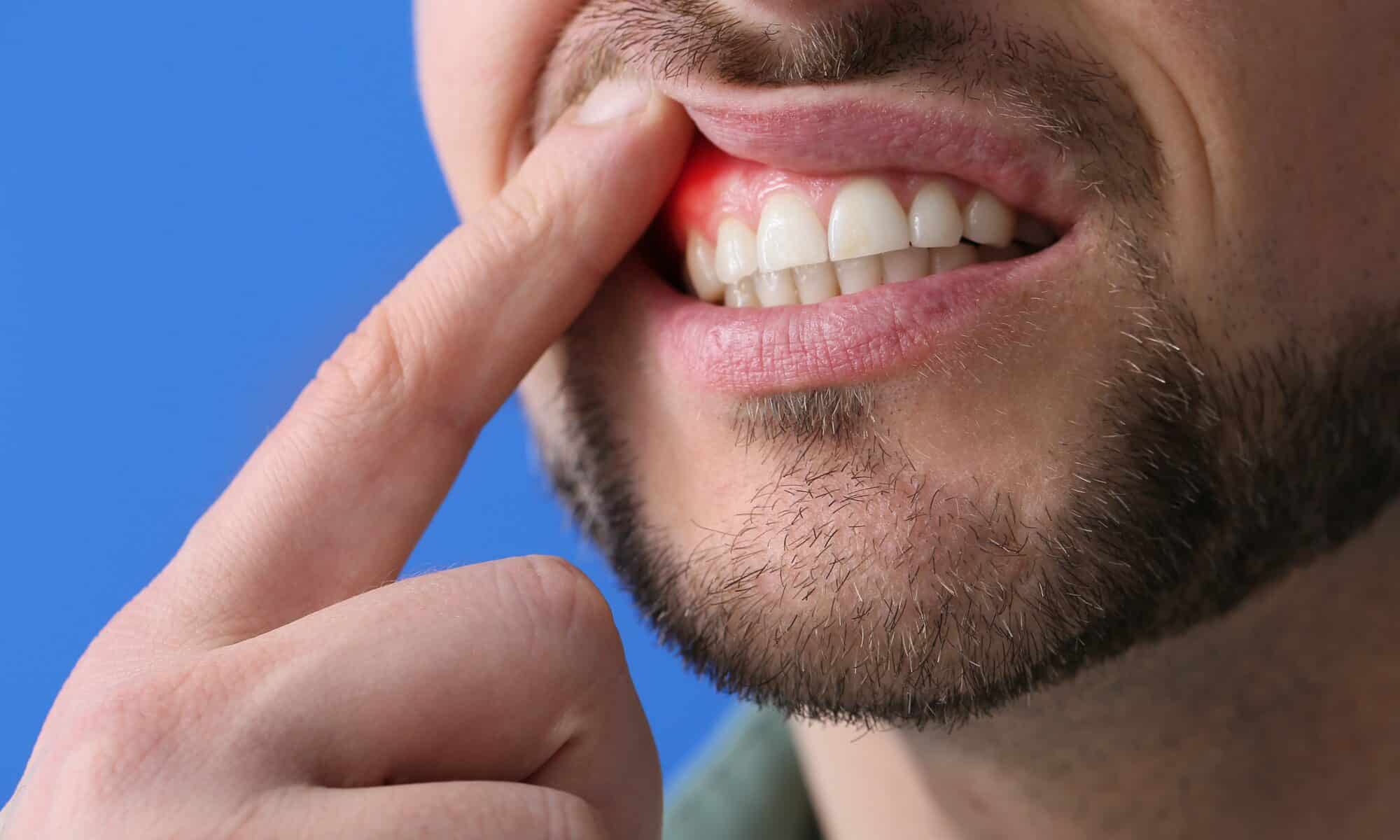Periodontal disease is a common term that your dentist might use during an appointment. Although it may sound scary, periodontal disease is actually very treatable and can be prevented with the right steps. Here is what to know about periodontal disease and its symptoms, causes, and diagnosis at South Meadows Dental & Orthodontics.
What is Periodontal Disease?
Periodontal disease is a type of infection that affects the teeth and gums. It can be serious, even causing you to lose teeth – in fact, it’s the number one reason that adults lose one or more teeth – because it damages the ligaments and bones in the jaw. Periodontal disease is a more advanced form of gingivitis, and periodontitis is the most advanced form of periodontal disease (or its later stages).
What are the Symptoms?
You may have periodontal disease if you experience the following symptoms:
- Bleeding gums when you brush or floss
- Soft, tender, or swollen gums
- Loose teeth
- Persistent bad breath
- Receding gums or gums that pull away from the teeth
Although these are more obvious signs of periodontal disease, it’s still possible to have no or very few noticeable symptoms. Hence, it’s very important to see your dentist regularly and be screened for signs of periodontal disease.
What Causes Periodontal Disease?
Periodontal disease is caused by plaque, a film of bacteria that can cover the teeth (especially in hard-to-reach areas). Plaque is colorless and sticky – it constantly forms on your teeth when you eat or drink. Although you can’t see it, it can be detected by special tests from your dentist. When plaque isn’t removed by brushing or flossing, it can harden into tartar, an even more significant danger to your oral health.
Plaque can damage your teeth because it allows bacteria to invade the gums and bones in your jaw. Once the bone begins to deteriorate, it will not come back – this can leave the tooth loose and in need of removal. Bacteria can also damage the bone and soft tissue, even infecting the tooth and internal structures themselves if left untreated – these internal structures include nerves and blood vessels. Thus, in advanced stages, periodontal disease can put your whole-body health at risk of infection.
Diagnosis and Treatment of Periodontal Disease
The most effective way for your dentist to diagnose periodontal disease is by taking X-rays. This helps determine how much bone has been lost and how advanced the progression is. Your dentist will also perform a perio check with a small probe – this very thin probe is inserted into the gap between each tooth and its surrounding gums (called the sulcus). By measuring the depth at which the probe can be inserted, your dentist can see how much bone has deteriorated around each tooth. For example, a measurement of more than 3mm can indicate that bone has been lost in that particular area and periodontal disease may be present.
If your dentist finds that you have periodontal disease during an examination, you’ll discuss your treatment options and how you can adjust your oral health habits accordingly. This can include brushing and flossing more often, avoiding sugary drinks and foods, and seeing your dentist more often for professional cleanings. In some cases, it’s best to remove teeth that are in the later stages of periodontal disease and replace them with a fabricated restoration. Our team will recommend the most appropriate options based on your diagnosis.
Schedule a Consultation
At South Meadows Dental & Orthodontics, we are here to help you restore a healthy smile and enjoy good oral health for years to come. To meet with our team, contact us online or call our Reno, NV office.
